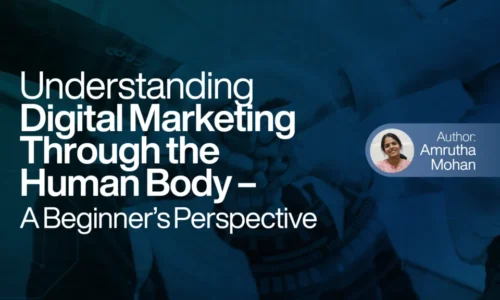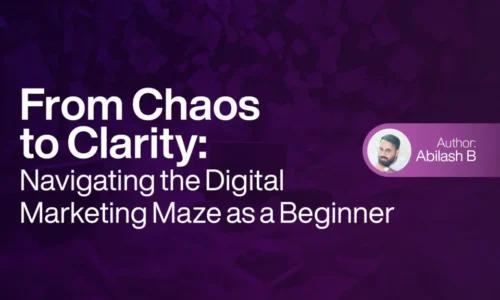Is Google Still the King? Conforming to a Changing Digital World
For over two decades, Google has been the undisputed king of search engines, shaping how we find information online. Its clean interface, important algorithms, and mission to organize the world’s information made it the go-to platform for billions of users. Still, the digital landscape is undergoing a seismic shift. Google’s dominance is waning, and its declining market share—now at just 18%—signals the end of an era. This decline is not just a challenge for Google but a wake-up call for businesses and SEO professionals who must conform to a rapidly evolving ecosystem.
Table of Contents
The Rise and Fall of Google’s Dominance
Google’s rise to prominence was revolutionary. Innovated in 1998, the company prioritized a clean, user-friendly interface and concentrated on delivering applicable search results. Unlike competitors like Yahoo, which cluttered their platforms with advertisements, Google’s minimalist design won over users and set a new standard for search engines. Over time, Google expanded its services, integrating platforms like Gmail, Google Maps, and YouTube, further solidifying its influence. Still, this expansion also attracted scrutiny, with critics criminating Google of monopolistic practices. Today, Google’s incapability to conform to changing user preferences and it’s over-reliance on advertisements have left it vulnerable to competition.
Why is Google Losing Its Dominance?
Several factors are contributing to Google’s decline. One of the most significant is its heavy reliance on advertising profit. While advertisements have been an economic business model, they have also deteriorated the user experience. Organic search results are frequently buried beneath a sea of paid advertisements, making it harder for users to find the information they need. This has led to growing frustration among users, who are increasingly seeking out ad-free alternatives.
How Gen Z is Redefining Search: A Case Study on the Decline of Google’s Dominance
Another factor is the changing behaviour of younger generations. Kids are growing up using voice-activated devices like Alexa instead of typing queries into Google. Social media platforms like Instagram and TikTok have become go-to destinations for product searches, offering visually engaging and interactive experiences. Additionally, users are increasingly seeking direct answers to their queries, which AI tools like ChatGPT give without the clutter of advertisements. These changes reflect a broader preference for conversational, concise, and visually appealing search experiences—areas where Google has struggled to compete.
What This Means for SEO
Google’s declining market share signals a basic shift in how businesses must approach SEO. Traditional strategies concentrated solely on optimizing for Google’s algorithms are no longer sufficient. Rather, brands must diversify their efforts across multiple platforms, including social media, voice search, and AI-driven tools like ChatGPT. The rise of these substitutes means that SEO is no longer just about ranking high on Google but about ensuring visibility wherever users are searching. This requires a more holistic approach that prioritizes high-quality content, engagement parameters, and brand mentions across platforms.
How Brands Can Conform to the New SEO Landscape
To thrive in this changing environment, brands must embrace a multi-platform strategy. This means creating high-quality content customized to each platform, whether it’s a blog post for Google, a reel for Instagram, or a compact response for ChatGPT. Engagement metrics are also crucial; platforms prioritize content that generates likes, shares, comments, and clicks. By understanding their audience’s preferences and behaviours, brands can tailor their content to maximize engagement and increase visibility.
Diversified content and brand mentions are crucial to success in this new landscape. High-quality content acts as a vote of confidence for a brand, increasing its visibility across platforms. Whether it’s a well-crafted blog post, an engaging Instagram reel, or a compact response on ChatGPT, content that adds value to users is more likely to be shared and recommended. Brand mentions also play a crucial part, as they gesture authority and applicability to algorithms. Positive reviews and ratings further enhance a brand’s credibility, making it more likely to appear in search results and recommendations.
Conclusion: Embracing Change in the Digital Age
In conclusion, Google’s decline marks a vital moment in the digital world. While its influence is far from gone, the rise of substitute platforms and changing user behaviors bear a shift in how businesses approach SEO. By understanding the why, what, and how behind these changes, brands can adapt their strategies to remain visible and competitive. The future of SEO lies in rigidity, creativity, and a desire to explore new borders. As the digital ecosystem continues to evolve, those who embrace change will be best positioned to thrive.
The decline of Google is not just the end of a period but the beginning of a new chapter in the digital age. For businesses and SEO professionals, this is an opportunity to reevaluate their strategies and explore new avenues for growth. By staying ahead of the curve and embracing the changing dynamics of search, brands can ensure their continued success in an increasingly competitive and fractured digital landscape. The slow death of Google and SEO as we know it is not a cause for alarm but a call to action—a chance to introduce, conform, and thrive in the ever-evolving world of digital search.



